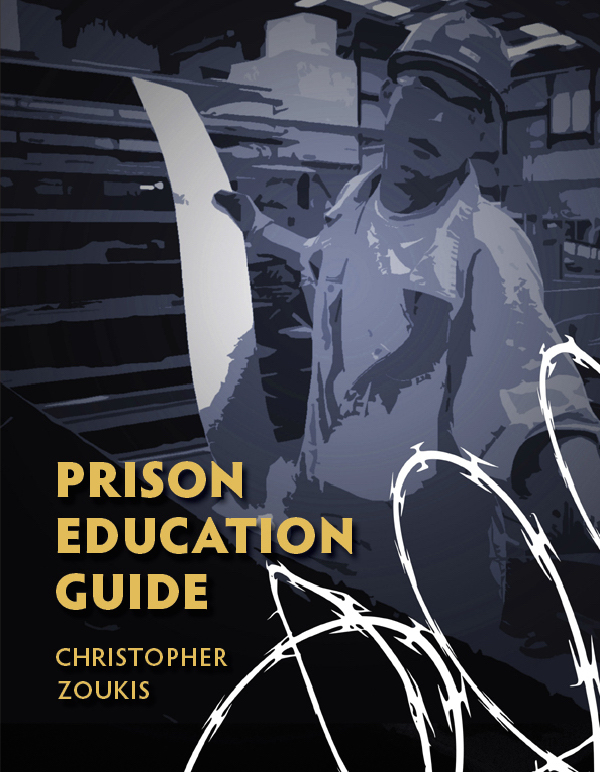In a First of Its Kind Alert, Your Phone Became a Police Radio in Search for Subway Shooter
by Brooke Kaufman
Brooklyn subway shooting suspect Frank James was arrested by law enforcement officials on Wednesday after a city-wide manhunt led police to a McDonald’s in Manhattan’s East Village neighborhood. That morning, the NYPD sent out a push notification about James, calling on New Yorkers to assist in the police search for their suspect: WANTED FOR BROOKLYN SUBWAY SHOOTING: FRANK JAMES, BLACK MALE, 62 YEARS OLD. ANY INFORMATION CAN BE DIRECTED TO NYPD TIPS AT 800-577-TIPS (8477). MORE INFO & PHOTO: NYC.GOV/NOTIFYNYC
Given that the police had already ruled out terrorism and had not sought out any potential accomplices, the alert felt like a drastic escalation that, instead of mobilizing people in search of James, stoked widespread fear and confusion.
“My phone just blared a terrifying noise and then commanded me to commence a vigilante search for the subway shooter, so you’ll have to excuse me,” the journalist Jordan Hoffman wrote on Twitter. Other people feared the alert had been sent only to those in close proximity to where police thought James might be hiding.
According to the New York Alert website, the notification was part of an emergency-management tool that prides itself on “providing critical updates to protect lives.” Though the site doesn’t mention manhunts, it supposedly alerts people to events including severe weather, public-health warnings, and missing children. Juliette Kayyem, a former assistant secretary for homeland security under the Obama administration, told John Hendrickson with The Atlantic that the alert for James was the first of its kind.
“If you sort of cross this bridge, as New York has done—and done this for a non-child case, a non-Amber case—what are their standards going to be?” Kayyem said. “And that’s worth asking. Because you couldn’t do it every time there was a shooting.”
Hendrickson reported that people who called the tip line were put on hold, and those who attempted to use the government website found it had immediately crashed. An NYPD spokesperson would not respond to questions on the geographic radius of the alert.
In the wake of the subway attack, many New Yorkers were left on edge, with closures and delays congesting the rush-hour commute. Kayyem said the push notification might have been police’s strategy to alleviate fears and “restore a sense of order” to the city.
“Sometimes communities are disrupted, and the show of force, the show of activity, actually helps people get back to normal,” Kayyem said.
Mayor Eric Adams, who himself is a former New York City Transit Police officer, told MSNBC’s Morning Joe that he would use all the “legal technology” available to keep New Yorkers safe.
Around four hours after the alert went out, NYPD notified the public of James’ apprehension in the East Village. The implications of the notification tool, however, remain unknown, and will extend far beyond this case.
“I think what you’ve unearthed is there is an inconsistency between the intended use of reverse 911 and its use today,” Kayyem said. “Is that a justified inconsistency? Maybe, because of the nature of the attack, but it certainly should not set precedent. This is something that should be discussed.”
As a digital subscriber to Criminal Legal News, you can access full text and downloads for this and other premium content.
Already a subscriber? Login





